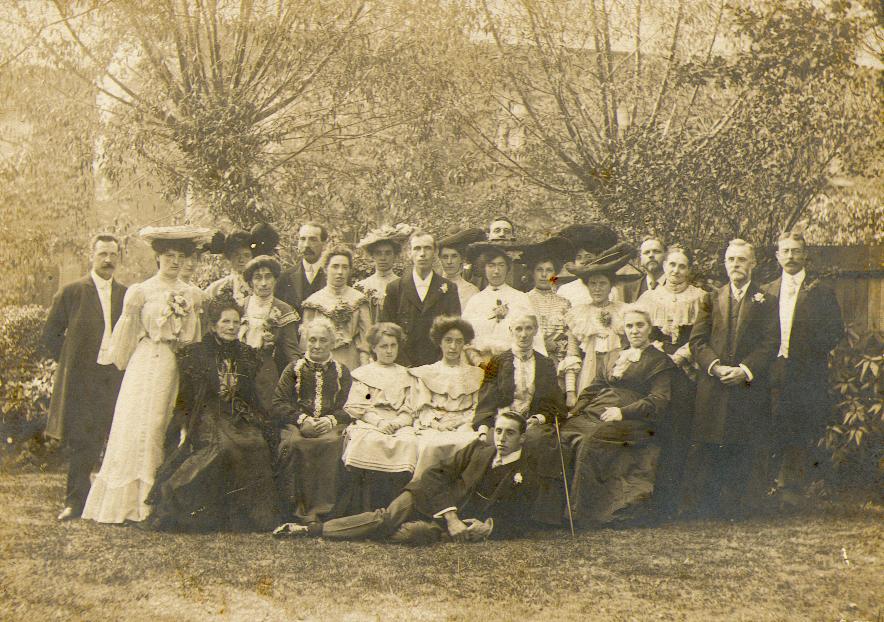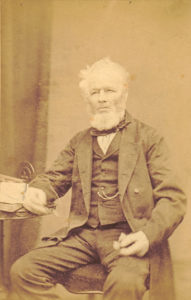
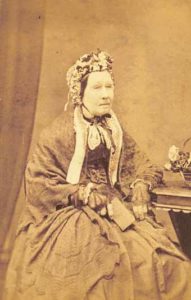
I have only been able to trace the Taveners back to my great5-grandparents, William Taverner and Hannah Cole who married in 1759 at Hatfield Peverel, near Witham in Essex. Their son William was born in 1761 and he married Hannah Coote there in 1786. John was their third son, born in 1791, the year the composer Wolfgang Amadeus Mozart died in Salzburg, Austria. He was a bricklayer but progressed to being a builder, a trade that has continued in the family for six more generations. He had married Elizabeth Hicks from nearby Fairsted in 1814. Their second son, Charles, born in 1818, moved to St John’s Wood, north of Regent’s Park in London, but returned to Hatfield Peverel to marry a local girl, Mary Dines, in 1841. They had five children. Family tradition has it that Charles changed the spelling of the family surname because he did not want to be associated with people who ran taverns. Whether that is true or not, his family were Taveners, and not Taverners, from then on. Tragically, Mary died aged only 29 a few months after her daughter, also Mary, was born in 1848. Left with four young children it will have been a difficult time.

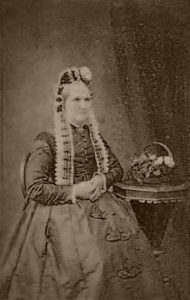
I puzzled over this photograph for a long time. On it, in my grandmother’s writing, were the words “Aunt Guthrie”. I could find nobody with the surname Guthrie in the family. Then I remembered from reading books by Jane Austen and her like that it used to be the practice for children to refer to older female relatives by their surnames, so could Guthrie be the married surname of a relative? But if so, which one? She cannot have been a Tavener as none of them had married someone called Guthrie. The only clue was in the name of my great-uncle John who was John Poole Guthrie Tavener. What about the Dines family, Mary’s siblings? A bit of research revealed that an older sister, Sophia, had married a Thomas Poole but that he had died, and she had remarried an Isaac Guthrie. Furthermore they had moved to live in Abbey Terrace, a short walk from St John’s Wood Terrace, where the Taveners lived.
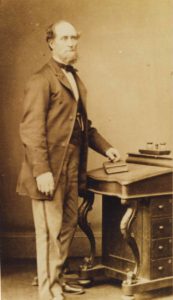
Charles Tavener married Eleanor Lambert two years after the death of Mary. This marriage too was short, Ellen dying in 1861, but there had been no more children. Two years later, Charles married for a third time, to Caroline Mabson. In 1846 he had established a building firm, and one of its first jobs was the underpinning of the arches beneath The Adelphi, the grandiose building, of which little remains, designed in the 18th century by the Adam brothers between The Strand and the Thames Embankment. The arches had been intended for commercial premises but by the mid-19th century they had become the haunt of the poor and homeless and were becoming structurally unstable. Charles’s older son, also Charles, joined his father in the building business, its name being changed to C. Tavener and Son from then on. In 1867 he married a Scots girl, Jane Allan, in Glasgow. She came from Dumbarton and was the youngest of the nine children of George Allan, a market gardener, and his wife Janet Cross, from nearby Old Kilpatrick.
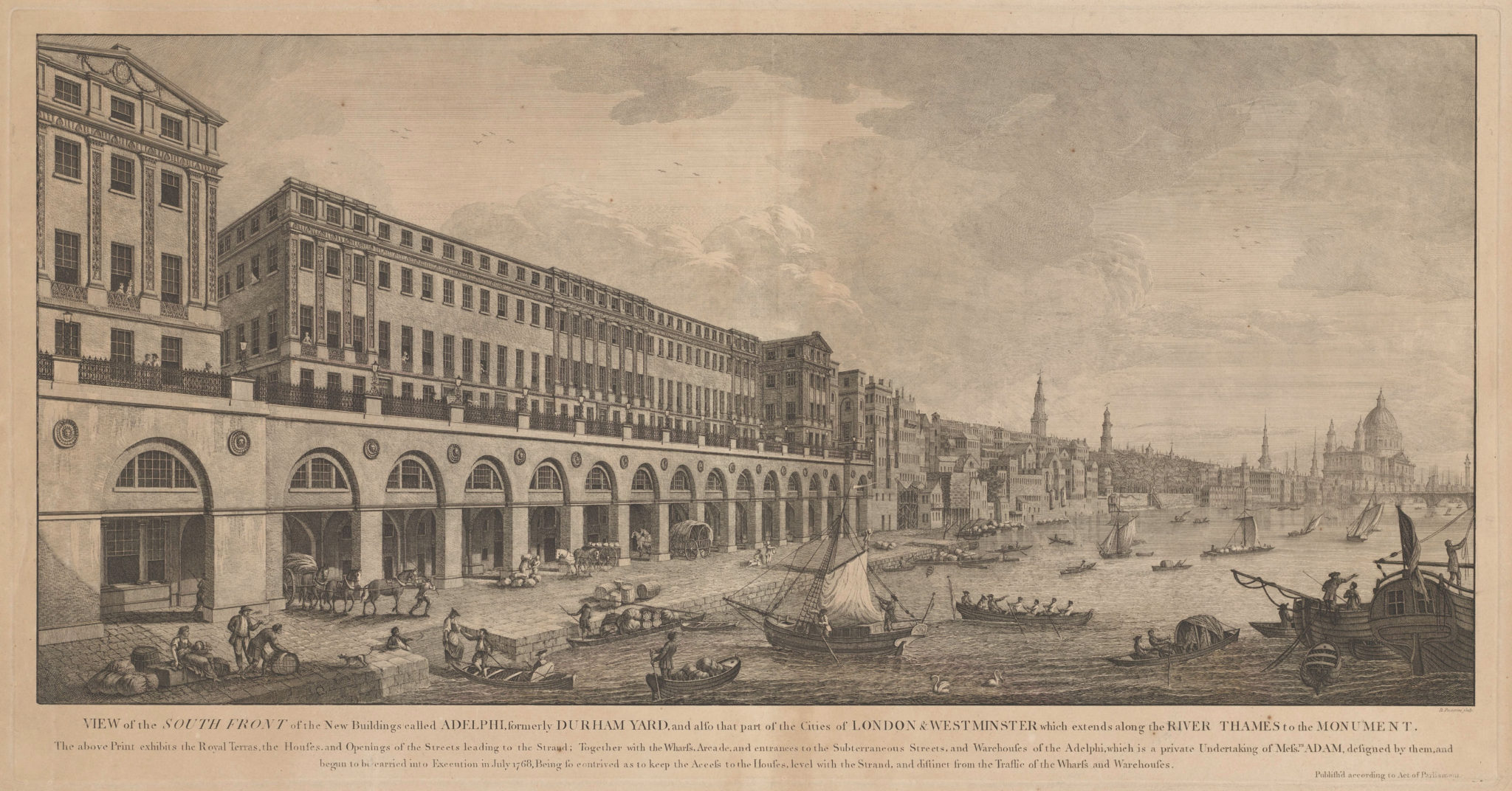
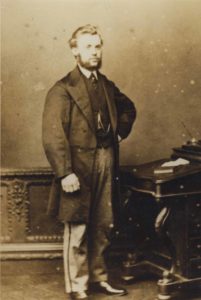
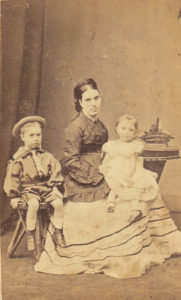
The younger Charles Tavener had ten children, my grandmother Jessie (named after her mother’s sister) being the eldest girl. The story goes that Jane Tavener had an accident with a crochet needle that caused an infection and resulted in the amputation of one of her legs. She managed to have ten children, nevertheless (two of them dying young, as was not uncommon in those days). But the inevitable problems she had with mobility necessitated Jessie having to take on more of a role in looking after her younger brothers and sisters than might have been the case if circumstances had been different. Her elder brother, another Charles, lost his life in 1901 during the South African War, serving with the Duke of Edinburgh’s Own Volunteer Rifles, when he was drowned while swimming in the Modder River in Transvaal. While he might have joined his father in the family building firm, it was his younger brother John, mentioned above, who was to do so, followed by his sons, Alec and Kenneth, grandson, Roger, and great-grandsons Mark and Simon. Another of John’s grandsons, Roger’s brother, was the composer, Sir John Tavener. In common with other families in those times, some migrated overseas to take the new opportunities that the Empire offered: Jessie’s two youngest siblings, Will and Maggie, left for Australia and New Zealand respectively.
Despite living in Golders Green, in retirement Charles and Jane had a seaside home in Bexhill, where Jessie was to meet and marry Paul Hodgkinson, who had established himself as an ironmonger in the town (see The Hodgkinsons).
